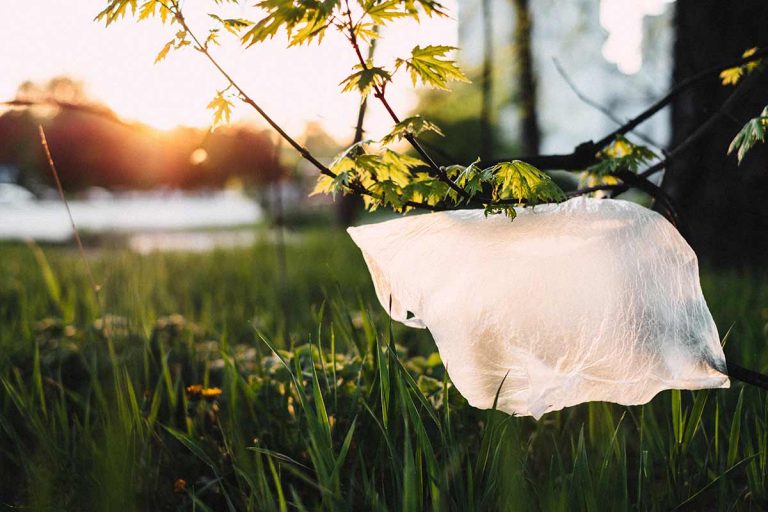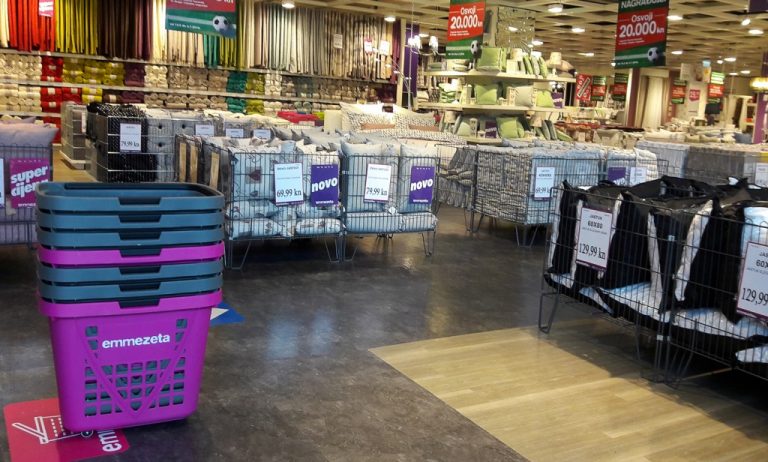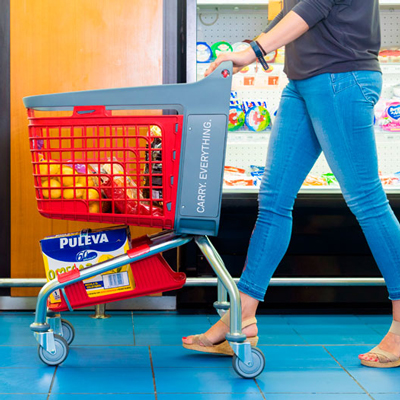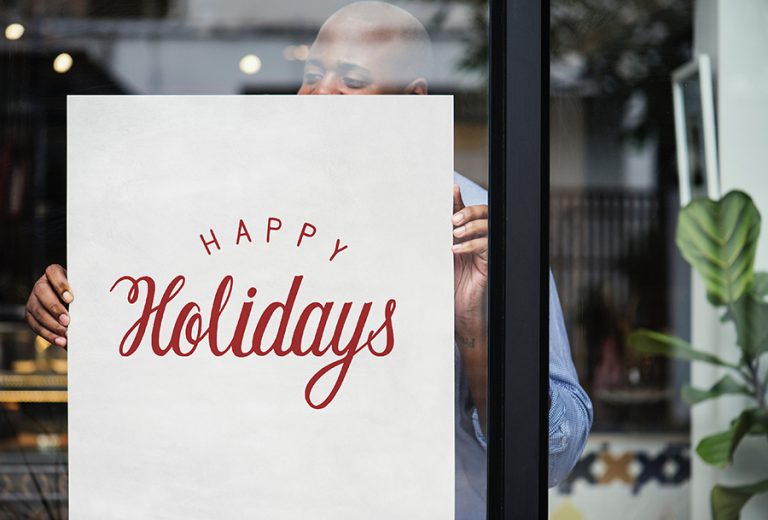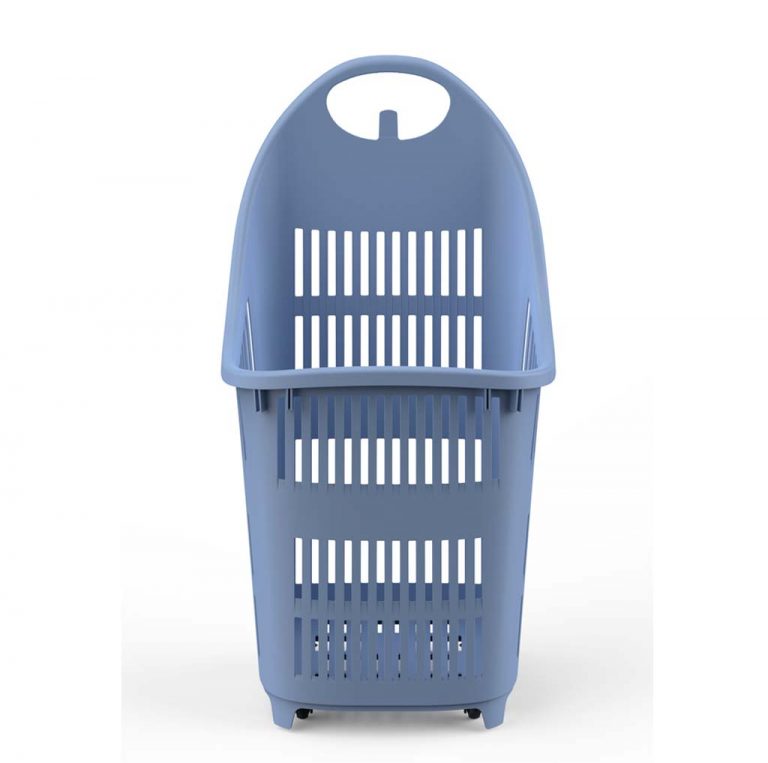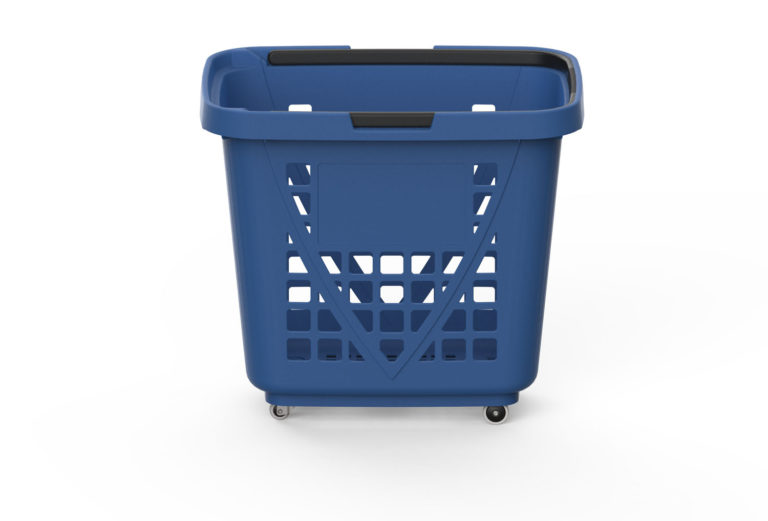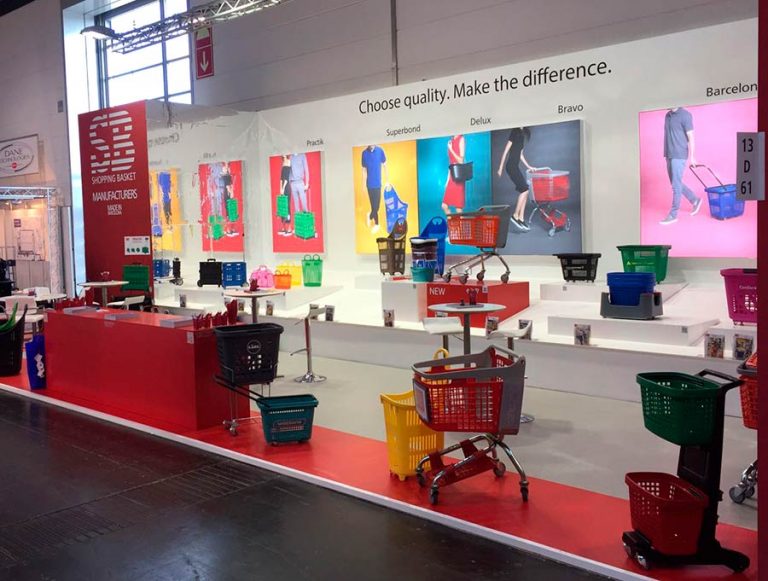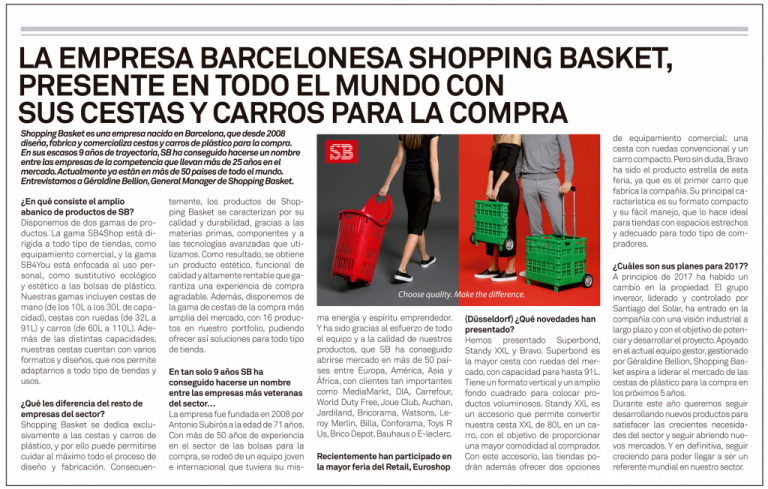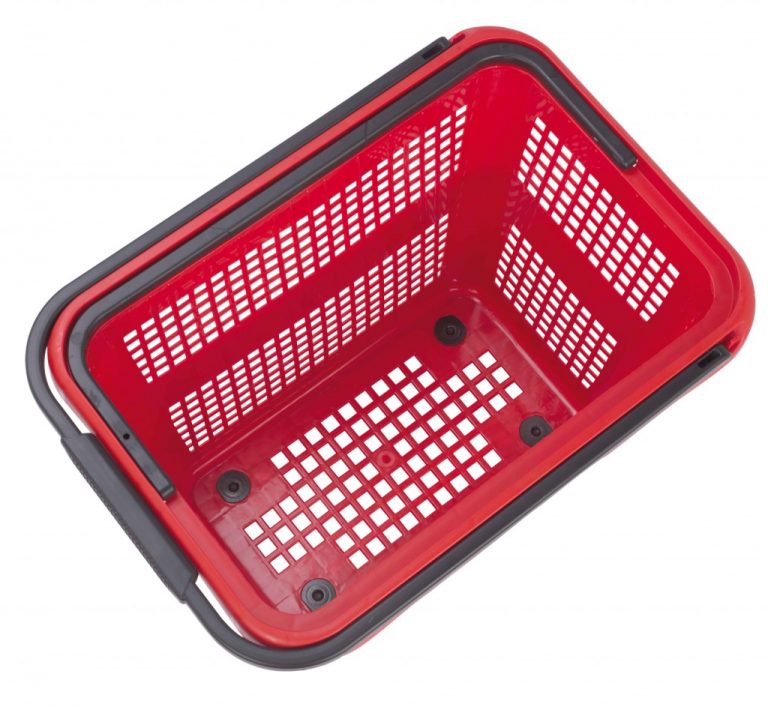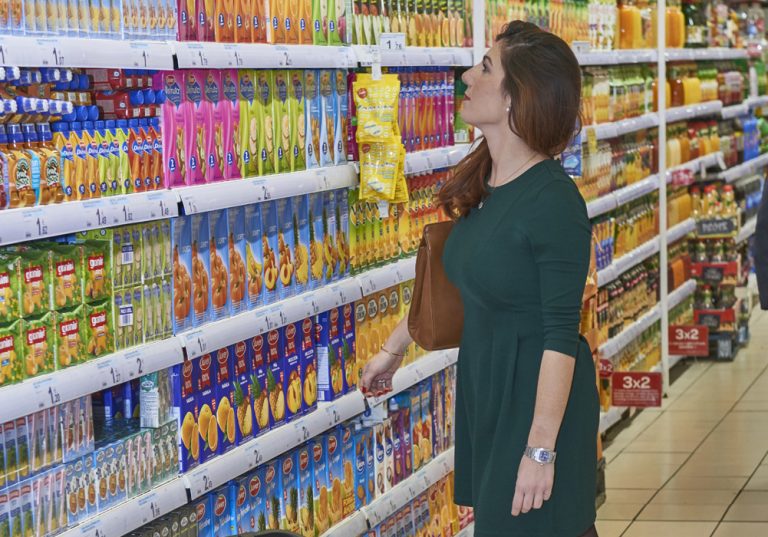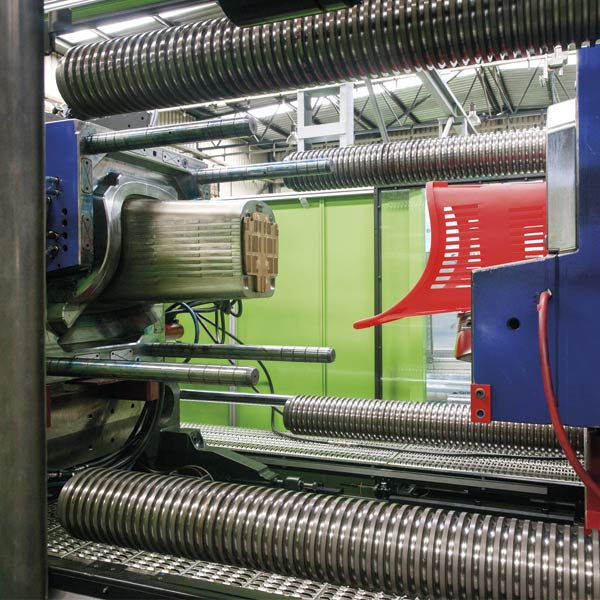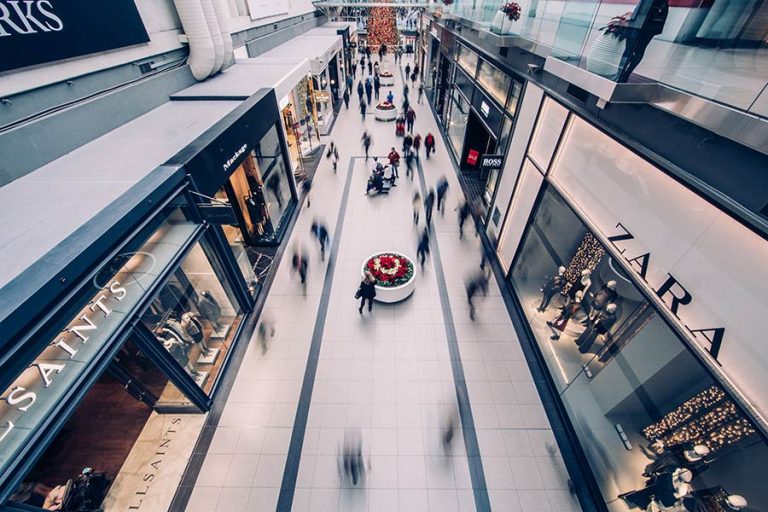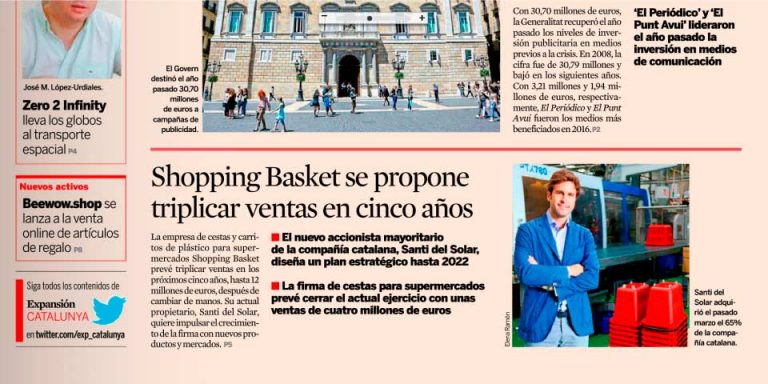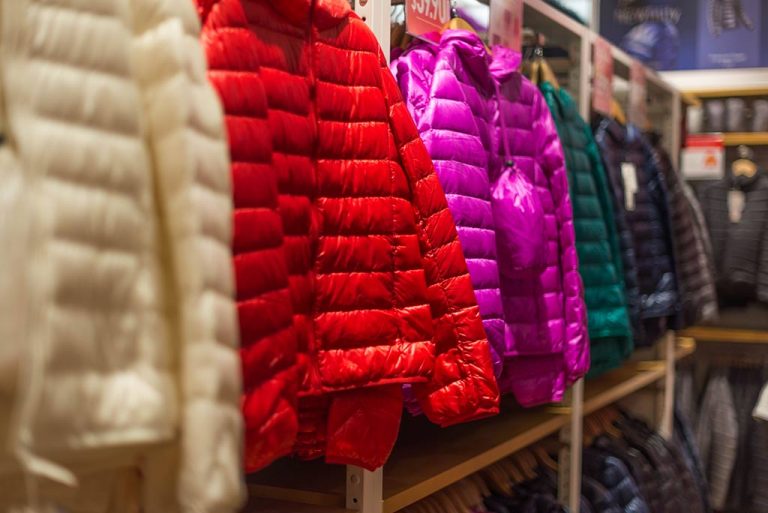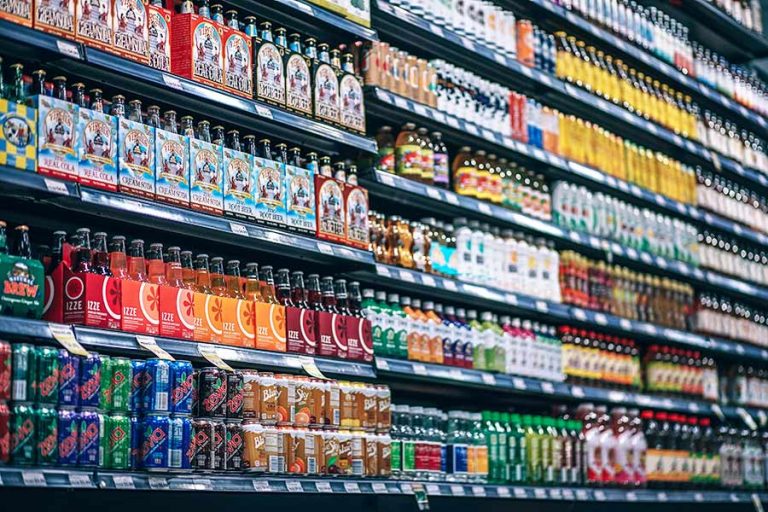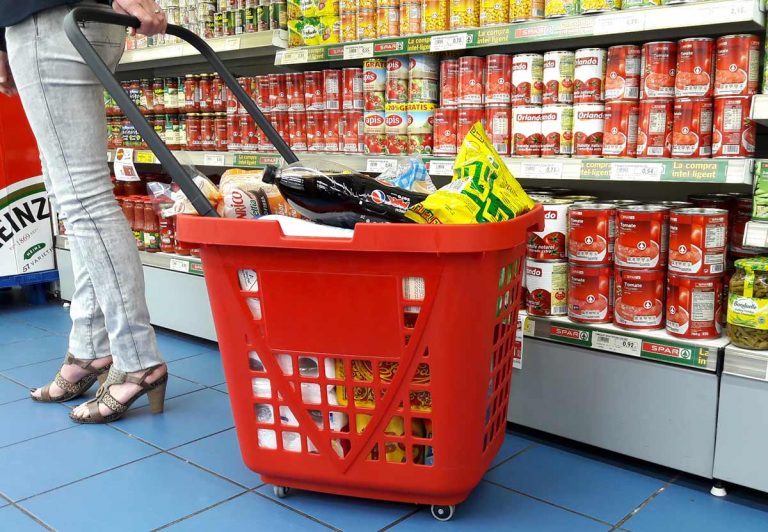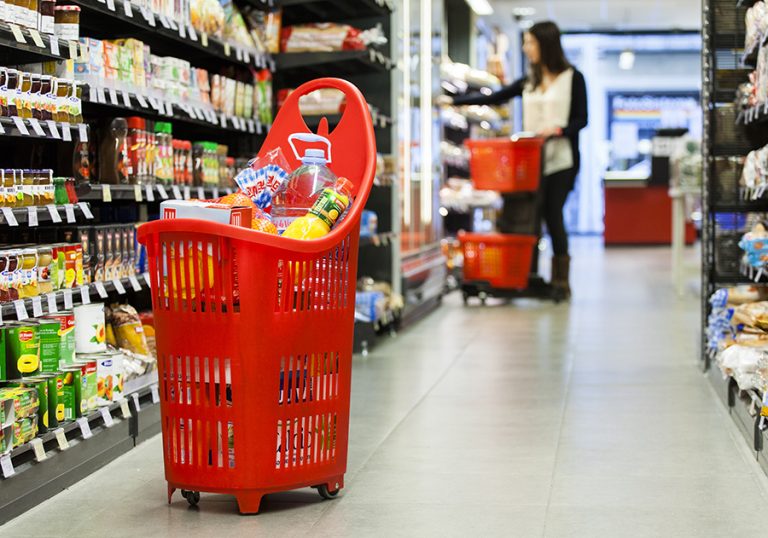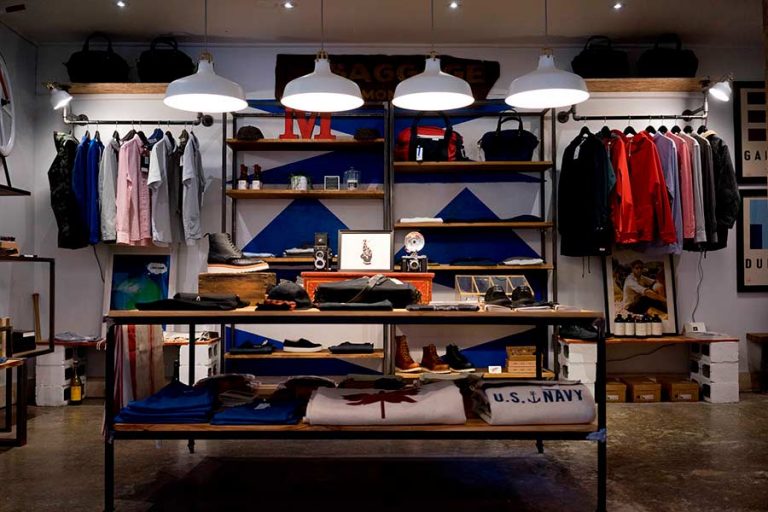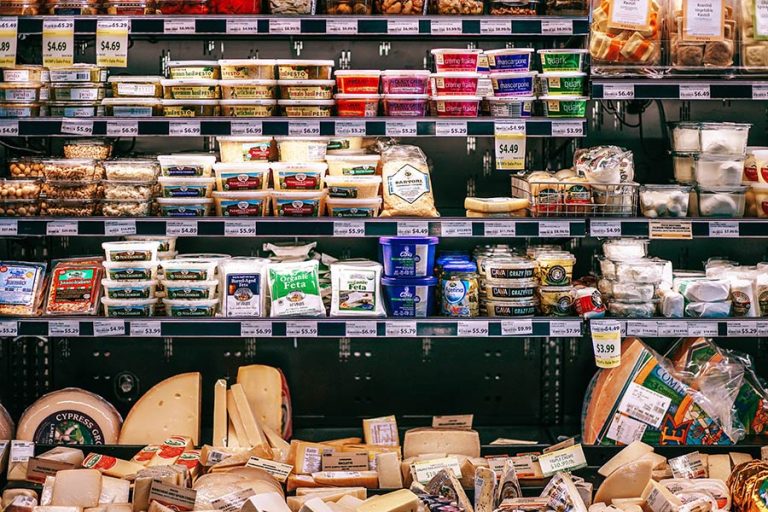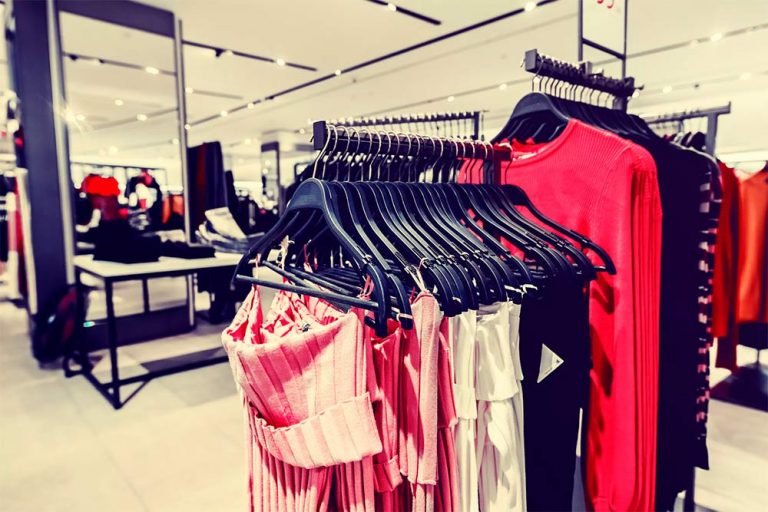Consumers demand sustainability at the POS and catalog
The consultancy Deloitte UK recently published an article that shows how in 2021 the interest in everything related to sustainability increased considerably in different generational groups. Companies must offer more sustainable products and take responsibility for their value chain.
Most valued by consumers
The five sustainable brand practices most valued by consumers include:
- Waste reduction
- Carbon footprint reduction
- Sustainable packaging supply
- Ethical labor practices and respect for human rights.
How to achieve more sustainability at the POS
Today it is vital to offer customers a sustainable environment that shows your brand’s commitment to global environmental conservation. For this, we present the best ideas to achieve it:
1. Redesign more sustainable stores
To achieve a respectful environment, there are design and architecture studios that produce sustainable stores that are Green Business certified.
To do this, they implement strategies to save energy, improve water efficiency and reduce CO2 emissions. Consequently, they use materials such as energy-efficient LED luminaires and insulation made from recycled materials.
Ikea London Greenwich
An example of this new type of store is the Ikea store in London Greenwich. In addition, it has the prestigious BREEAM sustainability certification. Furthermore, they have not only thought about the design and architecture of the store, but they have integrated the store into the local community. Priority is given to the well-being of clients and collaborators by offering spaces for activities beneficial to health. In another hand, the architecture is built with renewable materials and with a roof covered with solar panels that supply the electricity for the building. It also collects rainwater to reduce the store’s consumption by 50%.


Sustainable furniture and equipment in your store
Another factor to be taken into account is the furniture and equipment that you use at your point of sale.
For example, offering recycled baskets and carts to your customers positions you as a brand that respects the environment. Many times we cannot avoid the use of plastic, which is why today there are 100% and 95% recycled solutions. For example, our recycled basket lines are made from this high percentage of recycled plastic.
RECYCLED BASKET LINES SHOPPING BASKET
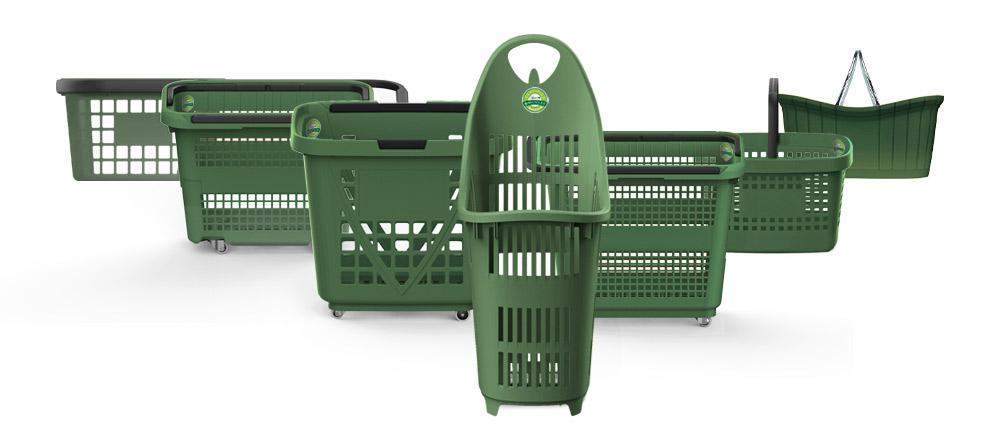
I WANT TO KNOW MORE ABOUT SUSTAINABLE BASKETS
2. Communicate it to your clients
Respect for the environment entails challenges and, therefore, an extra effort that you must communicate to your customers! It is a competitive advantage that many of your already clients will appreciate, as well as attract other new clients.
Our recycled baskets have an adhesive seal that communicates that they are recycled commercial equipment.
3. Design reusable campaign material
If you are working on cyclical campaigns, you can reuse them if you design reusable fixed parts and other mobile ones that you can change.
The vast majority of posters are made of PVC which is rarely recycled correctly. For this reason, you can use durable and natural materials that stand the test of time and can be reused many times.
Wood
Wood is perfect for large, eye-catching outdoor signs such as monoliths or shop windows, interior panels, or custom lettering and logos.
Bamboo
Bamboo is highly sustainable. It is the fastest-growing plant. In addition, when it is cut it does not die but grows again. And if this weren’t enough, bamboo absorbs a lot of CO2 which reduces your carbon footprint when using it. Bamboo is strong and durable, which makes it an alternative to plastic. It is also easy to mold to suit different signage needs, both indoors and outdoors.
Aluminum
This material is the most used for signs and one of the most ecological since it can be recycled as many times as we want and does not lose its properties. Its high strength, durability, and low weight make it perfect for overhead signs and light boxes as well as structures.
Polypropylene
This plastic is durable, waterproof, and lightweight, as well as cheap and environmentally friendly. Polypropylene produces less solid waste than PET or PVC so it is more easily recycled and reconverted into other products. It is perfect for display boards, billboards, etc.
Paper and paperboard
These materials are perfect for interior signage. Paper and cardboard are the most recycled materials on the planet. Make sure you purchase FSC-certified material.
Their low price, and how light they are, make them a great alternative for interiors.

4. Emphasize sustainability in your communication
Your brand’s commitment to sustainability is essential. Therefore, communicate ecological initiatives to your customers in your messages. Visual merchandising can communicate these sustainability efforts in:
- Highlight sustainable products using distinctive labels. From colors related to recycling such as green or specific signage for the entire category of ecological products.
- Communicate with posters the actions and initiatives that benefit the environment that your brand has. Your consumers will appreciate the effort by strengthening their loyalty as a customer.
- Involve your customers in workshops or activities that your brand organizes.
5. Make your visual merchandising to drive Social Shares
Practically all of us use social media in our day-to-day lives. Do not miss the opportunity to collaborate with your clients and make your brand part of their lives in networks. Many people share their sustainable lifestyles on their social networks. Don’t miss out on the UGC (user-generated content) that they can generate for you. To do this, include in your point of sale:
A. Social media identifiers and hashtags.
B. Be original! That your exhibition is striking and different.
C. Use humor to get a smile from your customers.
6. Choose suppliers committed to protecting the environment
Select local suppliers of proximity whose impact on transport is less and, therefore, the carbon footprint of these products is also minimal.
In addition, it requires official certifications that guarantee its environmental reliability. For example, we at Shopping Basket use the European Eucerplast accreditation. An external agent verifies and verifies that 95% of post-consumer recycled plastic removes plastics from yellow street containers, as we guarantee.



 Sign up for our newsletter and be the first to receive our articles!
Sign up for our newsletter and be the first to receive our articles!